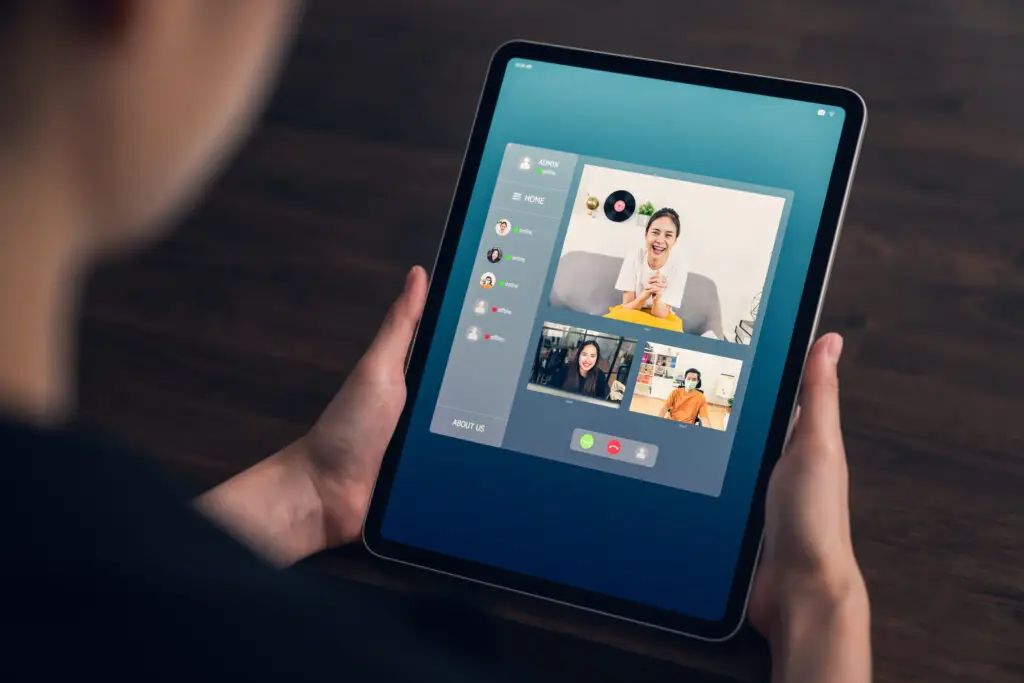Outside of the language service industry, video remote interpreting (VRI) can feel a little cold or foreign to users new to interpretation. However, when deployed correctly users can have a better experience that enhances their opinion of your organization.
Video Remote Interpreting is when you use a specialized video interpreting software on a tablet, laptop, or phone to provide sign language or spoken language interpreting services through a remote (offsite) interpreter. VRI is commonly used in healthcare, legal or corporate industries. The interpreter works from a different location, while the two parties who need an interpreter are together at one location with a fully secure and encrypted connection through a language service providers VRI software. If a video conference is being held between the two parties, the VRI interpreter can be incorporated into the ongoing call. The process is easy.
We’re sharing a few of the benefits of video remote interpreting in the hope that you’ll consider it as part of your toolkit for addressing interpretation needs.
1. Immediacy and Accessibility
Video remote interpreting enables businesses and healthcare professionals to form more meaningful relationships with their customers or patients and can reduce the risks of errors in translation. With VRI, users have access to fast connect times for the situations that require immediate interpreting connecting. By having access to VRI, you will never have to fret about language barriers affecting communication because it is all right at your fingertips.
Because there is no onsite interpreter, on-demand is an option. With apps like Boostlingo, you can get connected instantly to a video remote interpreter in an emergency. Unlike over-the-phone interpreting (OPI), you can also use VRI on-demand for ASL communication.
2. Budget Friendly
Compared to the cost of onsite interpretation, video remote interpreting can be extremely affordable. Typically, an on-site interpreter requires a two-hour minimum charge, plus mileage and other expenses incurred. With VRI, the time you are charged for is limited to the duration of the call, and you aren’t paying any travel fees.
Especially for rarer languages, a global network of interpreters can additionally lower your cost per minute. Rather than relying on a limited pool of local interpreters in your area to cover all languages, with professional interpretation networks like Boostlingo’s, you’re able to send a request to thousands of interpreters at once.
3. Ensures Effective Communication
Especially, in a healthcare setting or a legal setting, it is crucial for information to be interpreted accurately. When interpreters try to interpret over the phone, information can be lost, or misunderstood very easily. With video remote interpreting, face to face visibility can reduce miscommunication and add a more personal connection. VRI also provides fast connect times, so users are able to jump right on in an immediate situation.
As we mentioned, those who benefit from video remote interpreting are healthcare providers, 9-1-1 emergency calls, business, government, education, and more. VRI has become the perfect solution for not just one, but all of these industries. Since it was first introduced, it has helped bridge the gap between over-the-phone interpreting and onsite interpreting.
If you’re looking to maximize the personalization and in-person experience of interpreting, Boostlingo is here to help. Interested in the benefits of video remote interpreting after reading this article? Please visit our page on Video Remote Interpreting to learn more our services.



